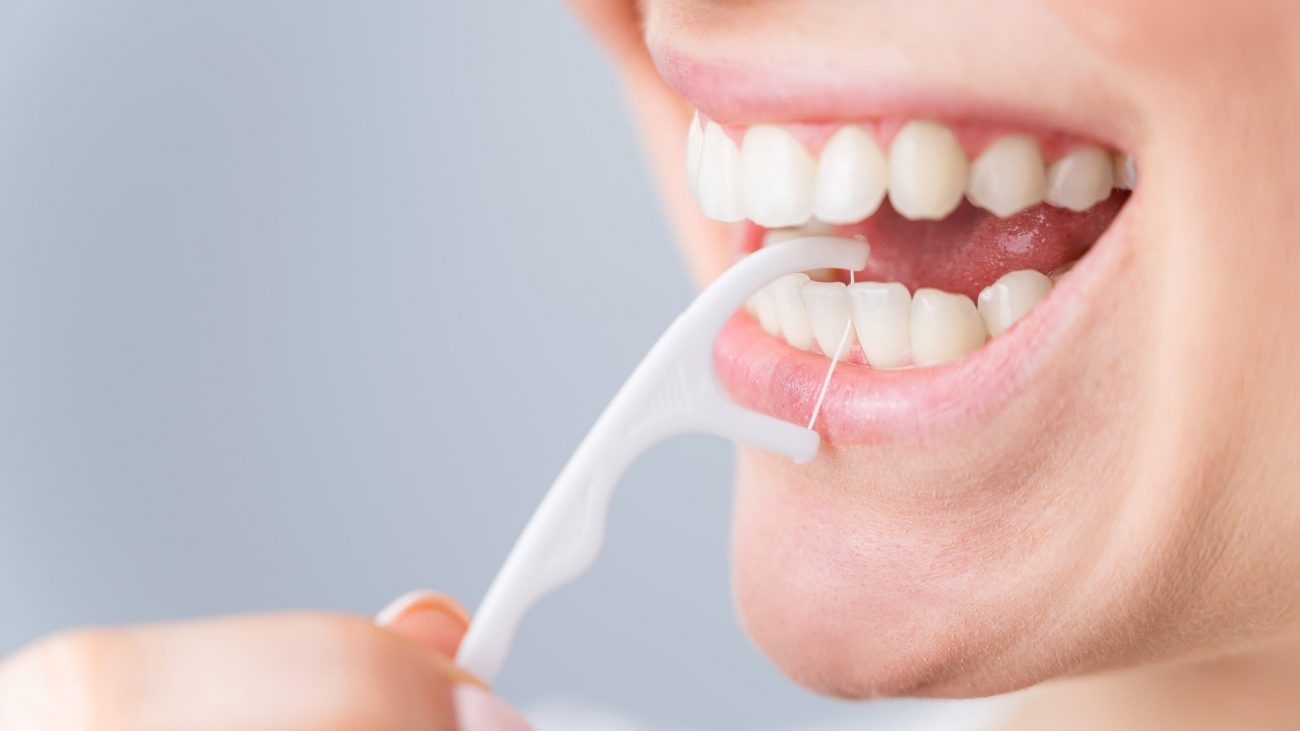Maintaining oral health goes far beyond brushing twice daily—flossing plays a crucial role in preventing cavities, gum disease, and even systemic health issues. Here’s why tooth flossing is non‑negotiable in your dental routine.
- Flossing Reaches the 40% Brushing Misses
A toothbrush cleans about 60% of tooth surfaces. The remaining 40%, primarily between teeth and just below the gumline, can only be accessed by floss or interdental tools.
- Removes Plaque Before It Hardens
Dental plaque—a sticky biofilm of bacteria—accumulates silently between teeth. Without disruption, it calcifies into tartar, which only skilled professionals can remove. Floss breaks up plaque early, preventing gingivitis and tartar buildup.
- Protects Gums & Prevents Gum Disease
The Indian Dental Association and dental specialists universally recommend flossing daily to reduce gingivitis (early gum disease) and stave off periodontitis (Pyorrhea) —an advanced inflammatory disease that destroys bone and tissue .
Studies show flossers have significantly less periodontal disease, fewer cavities, and lower risk of tooth loss over time.
- Freshens Breath & Reduces Bad Breath
Food debris and plaque between teeth fuel bacteria that lead to bad breath. Flossing removes this buildup, leaving your mouth cleaner and fresher.
- Supports Systemic Health
Oral health connects to overall health. Flossing reduces oral inflammation and bacterial spread, correlating with lower risks of cardiovascular disease, stroke, diabetes complications, and respiratory illnesses.
Tightly linked to heart health too: flossing 3–4 times weekly reduces risk of atherosclerotic cardiovascular disease.
How Often & When to Floss
- Once a day— that’s the IDA recommendation
- Choose a time that works—many prefer before bedtime, right before brushing, to clear debris nightly.
Choosing the Right Flossing Tool
Your dental anatomy and preferences matter:
- Dental floss (waxed/unwaxed/Teflon): Classic option; ~80% effective at plaque removal with correct technique.
- Dental tape: Effective for wider teeth gaps.
- Water flossers (oral irrigators): Excellent alternative for braces, bridges, or dexterity challenges—studies support gum health benefits.
- Interdental brushes: Ideal for larger spaces—more surface area clean-up.
- Floss picks: Convenient but less flexible, risk harming gums if used improperly.
Proper Flossing Technique
- Use ~18 in. (45 cm) of floss; wrap ends around middle fingers, leaving ~2 cm to work.
- Guide floss gently between teeth using a sawing/squeezing motion—avoid snapping.
- Curve floss into a “C” against the tooth and gently slide below the gumline, but don’t force .
- Use clean sections of floss for each gap .
- If tight or with braces, use floss threaders for gentle ease .
- If unsure, ask your hygienist for a hands-on demo—it’s often eye-opening .
Consistency: The Real Key
One-time flossing won’t cut it—daily practice is essential. Regular use prevents plaque accumulation, tartar formation, and gum inflammation.
Flossing is a simple, effective investment that truly pays—by avoiding expensive restorative treatments later.
What If Flossing Hurts or Gums Bleed?
- Bleeding gums often indicate gingivitis. Flossing can actually help reduce bleeding over time by removing inflammation‑causing plaque .
- Use gentle technique; avoid aggressive snapping.
- If bleeding persists after a week of proper flossing, see your dentist—it could signal gum disease.
Alternatives for Floss-Averse Patients
If string floss isn’t your style:
- Water flosser: Effective and patient‑recommended.
- Interdental brushes: Great for larger spaces.
- Floss holders/picks: Better than nothing, though not as flexible.
The goal remains: remove plaque daily.
What we offer??
At Oral Medics Dental Clinic and Implant Centre, Chandkheda, Ahmedabad, we emphasize flossing as a foundation for oral and systemic health. During cleanings, our hygienists can assess your flossing habits, recommend tools that suit you—string, tape, water flosser, or interdental brushes—and demonstrate technique to boost effectiveness and comfort. For mode details, you may contact or book dental appointment.

